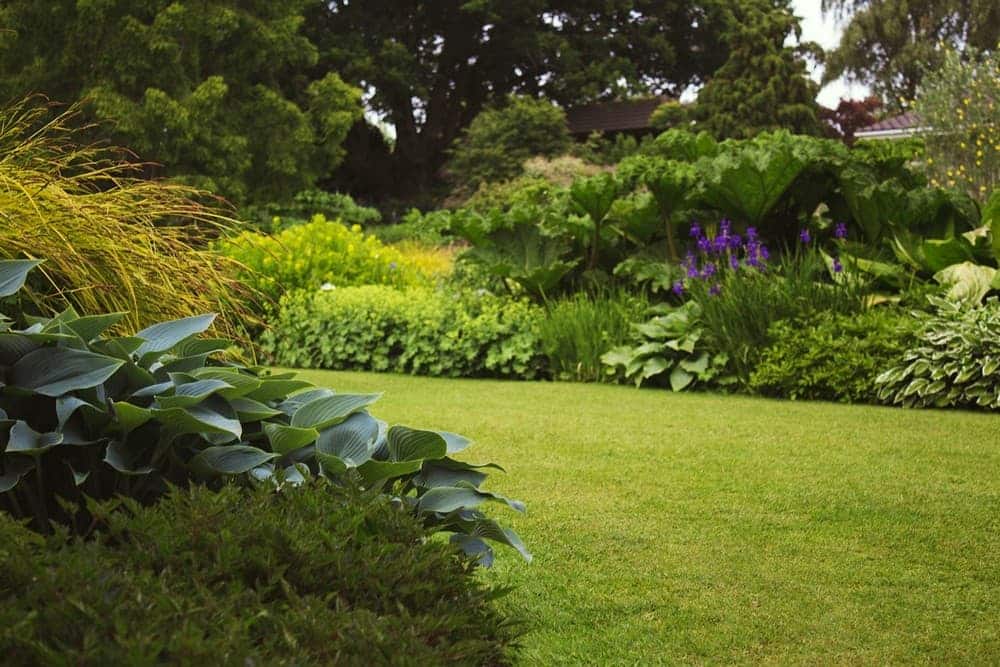
A well-landscaped backyard goes a long way in increasing your home’s appeal and adding value to your house. In fact, a garden can add as much as 16% to the value of your entire property. However, the larger your space gets, the more challenging it becomes to ensure that your garden looks good and is easy to maintain. A haphazardly done landscaping project is a waste of money and resources and can even make your garden look distracting. As such, here are some things that you need to know before starting a large landscaping project.
Plan Carefully
As with any major project, planning goes a long way in ensuring that your landscaping endeavor will have good results. A well-planned landscaping project will not only save you money, but it will also result in a garden that is cohesive and compelling to look at. Your plan, of course, should begin with a budget. On average, the cost of landscaping is around $12,825, but it can go up to more than $20,000.
As this is a considerable amount of money, it is important that you shop around. Look for a reliable company that provides complete tree service if your space needs tree pruning or clearing. It may also be ideal to hire professionals that can help you when it comes to the initial design of your space. Experts can help provide appropriate knowledge and insight in shaping large areas.
Incorporate Shapes and Structure
Utilizing structural elements is a good way to give your large space a definite shape. When it comes to landscaping, using lines, mass, and form will help you come up with a unified and harmonious design for your garden. For example, using straight lines along garden beds or walkways gives your garden a more formal quality. On the other hand, curved sections in your garden appear gentler and more natural.
When it comes to the mass of objects in your landscape, make sure that there is balance between open spaces and planting beds. This way, your garden will not look overcrowded or too vacant and plain. Finally, as for form, it is ideal to use various shapes in your garden. A rounded fountain, for example, will nicely complement squared planting beds. Integrating these structural elements in your landscaping project will result in a dynamic yet cohesive design.
Invest in Perennials
Once you have your overall plan and your design ready, it is time to identify the plants that you can use for your project. Since you are working on a large space, it is ideal that you invest in perennials so that you do not have to replace your plants every season. Perennials are easier to maintain than other types of plants as they only need to be watered every couple of days during the first month, and then every four to six days afterwards. Balloon flower, black-eyed Susan, and blazing star are examples of perennials that are low maintenance and sturdy. These plants produce flowers that come in purples, whites, yellows, and pinks will add some nice pop of color in your garden.
Landscaping a large space can be challenging and costly. However, it is still doable. Following these steps will help you ensure that your large landscaping project is a success and that your garden would be a sight to behold.









